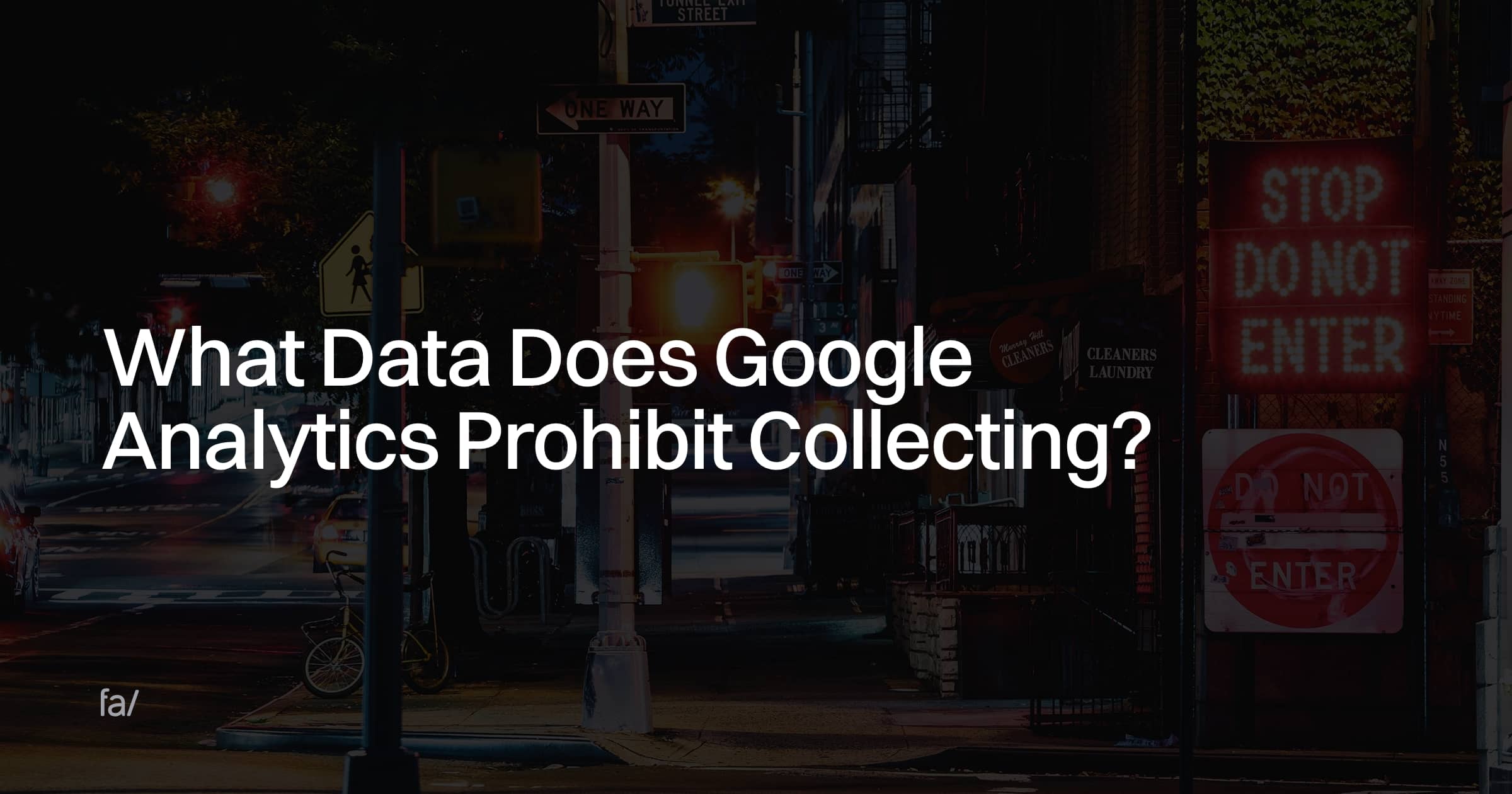Grasping the Art of Conquering Data Collection Limitations in Google Analytics for Better Decision-Making
In the world of digital analytics, the ability to remove purposeful insights from information is critical for educated decision-making. By employing sophisticated methods and critical techniques, companies can elevate their information top quality, unlock hidden insights, and pave the means for more informed and efficient decisions.
Information High Quality Evaluation
Evaluating the top quality of information within Google Analytics is a crucial action in guaranteeing the integrity and precision of insights stemmed from the gathered details. Data quality assessment involves examining various elements such as precision, completeness, consistency, and timeliness of the information. One essential facet to take into consideration is data precision, which refers to how well the data mirrors real values of the metrics being measured. Inaccurate data can result in defective conclusions and misdirected company choices.
Completeness of data is an additional vital aspect in evaluating data quality. Uniformity checks are additionally crucial in data top quality analysis to identify any disparities or abnormalities within the information collection. By focusing on data quality analysis in Google Analytics, companies can boost the reliability of their analytics records and make even more educated choices based on precise understandings.
Advanced Tracking Techniques
Utilizing advanced monitoring methods in Google Analytics can dramatically improve the deepness and granularity of information gathered for more detailed evaluation and understandings. One such method is event monitoring, which permits for the tracking of certain communications on a site, like click buttons, downloads of files, or video clip views. By executing event monitoring, companies can obtain a deeper understanding of user habits and engagement with their on the internet web content.
Furthermore, custom measurements and metrics provide a method to tailor Google Analytics to particular service demands. Customized dimensions permit for the creation of brand-new data points, such as user functions or consumer sections, while personalized metrics make it possible for the monitoring of one-of-a-kind efficiency indicators, like income per user or average order value.
Additionally, the usage of Google Tag Manager can streamline the application of tracking codes and tags across a web site, making it less complicated to handle and deploy innovative tracking configurations. By harnessing these innovative monitoring methods, services can open useful understandings and maximize their on-line approaches for better decision-making.
Custom-made Dimension Execution
To boost the depth of data collected in Google Analytics beyond innovative tracking methods like event tracking, businesses can implement custom-made dimensions for even more tailored insights. Custom measurements enable organizations to specify and gather particular data factors that are appropriate to their one-of-a-kind goals and goals (What Data Does Google Analytics Prohibit Collecting?). By assigning customized measurements to various aspects on a website, such as customer interactions, demographics, or session details, businesses can obtain a more granular understanding of how customers involve with their online residential properties
Acknowledgment Modeling Techniques
Reliable acknowledgment modeling is important for recognizing the effect of numerous marketing channels on conversion courses. By employing the ideal acknowledgment model, organizations can accurately associate conversions to the ideal touchpoints along the customer trip. One common acknowledgment version is the Last Communication version, which gives credit scores for a conversion to the last touchpoint a customer connected with prior to converting. While this design is simple and straightforward to implement, it typically oversimplifies the consumer trip, overlooking the impact of various other touchpoints that contributed to the conversion.

Data Sampling Avoidance
When handling big volumes of data in Google Analytics, overcoming data sampling is necessary to ensure precise understandings are obtained for notified decision-making. Information tasting occurs when Google Analytics estimates patterns in information rather than analyzing the complete dataset, possibly bring check about manipulated results. To stay clear of data tasting, one efficient technique is to reduce the date range being examined. By concentrating on much shorter time frames, the likelihood of coming across tasted data decreases, offering a more precise depiction of individual behavior. Furthermore, using Google Analytics 360, the premium variation of the platform, can help minimize sampling as it permits higher information thresholds prior to sampling begins. Executing filters to tighten down the information being evaluated can additionally check this site out help in avoiding tasting issues. By taking these proactive actions to reduce data tasting, organizations can draw out more exact insights from Google Analytics, leading to much better decision-making and improved overall efficiency.
Verdict
To conclude, grasping the art of getting over data collection limitations in Google Analytics is important for making informed decisions. By carrying out a thorough information top quality analysis, applying advanced tracking methods, making use of personalized dimensions, using attribution modeling approaches, and avoiding information sampling, organizations can make sure that they have trustworthy and YOURURL.com exact information to base their choices on. This will ultimately lead to a lot more reliable methods and far better outcomes for the organization.
